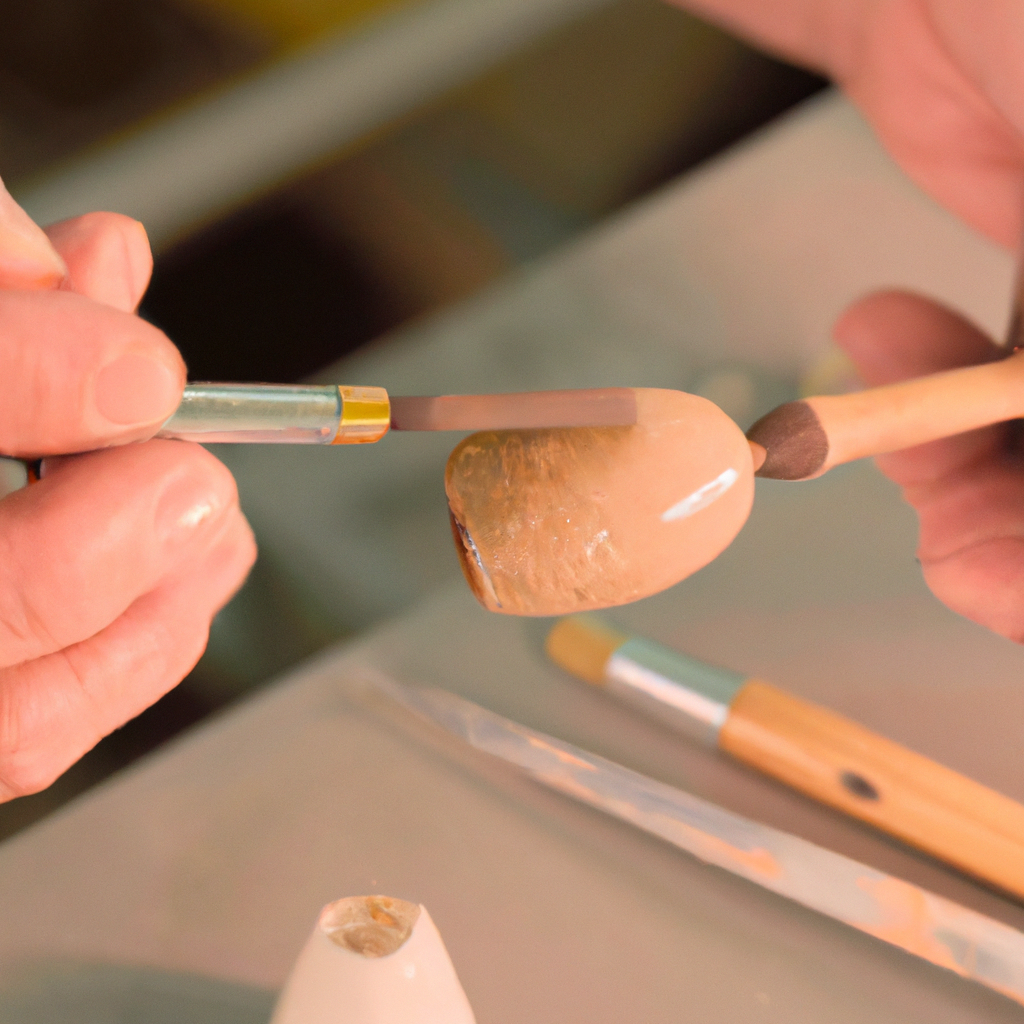Creating Low-Fire Clay Jewelry: The Process and Techniques Involved
Low-fire clay jewelry is one of the most unique forms of artisan jewelry design. It involves using clay to create beautiful and intricate handmade jewelry pieces. In this article, we will explore the process involved in creating clay jewelry, including the techniques, materials, and tools required.
Materials Required
To create clay jewelry, you will need the following materials:
1. Low-fire clay: This type of clay has a lower firing temperature than other types of clay, making it easier to work with. It is also ideal for creating jewelry pieces as it is lightweight and durable.
2. Glazes: Glazes are used to add color and texture to the clay. There are many different types of glazes available, including glossy, matte, and metallic.
3. Tools: Clay jewelry making requires a few specialized tools, such as a rolling pin, clay cutters, and a kiln. You will also need a range of smaller tools, including brushes, carving tools, and a sander.
The Jewelry Making Process
The process of creating clay jewelry involves several different steps, each of which is essential to the final product. Here is a breakdown of the process:
1. Preparation: The first step is to prepare the clay. This involves kneading the clay to make it pliable and removing any air bubbles. Once the clay is ready, it can be rolled out to the desired thickness using a rolling pin.
2. Cutting and Shaping: Once the clay is rolled out, it can be cut into the desired shape using clay cutters. These cutters come in a range of shapes and sizes, making it easy to create unique clay jewelry designs. The clay can also be shaped by hand using carving tools to create intricate details and textures.
3. Drying: Once the clay jewelry piece has been shaped, it needs to be left to dry. This can take several hours or even days, depending on the size and thickness of the piece.
4. Firing: Once the clay is dry, it is fired in a kiln. This process involves heating the clay to a high temperature, causing it to harden and become more durable. The firing process can take several hours, depending on the size and thickness of the piece.
5. Glazing: Once the clay has been fired, it can be glazed to add color and texture. The glaze is applied to the surface of the clay using a brush and then fired again in the kiln. This process creates a smooth, glossy finish and gives the clay jewelry piece its unique look.
6. Finishing: Once the glaze has been applied and the clay has been fired again, the jewelry piece is ready to be finished. This involves sanding any rough edges and adding any final details or embellishments.
Best Practices for Creating Unique Clay Jewelry
Creating handcrafted clay jewelry requires skill and patience. Here are some tips to help you create beautiful and unique clay jewelry pieces:
1. Experiment with different shapes and textures. Clay is a versatile material that can be shaped and molded in many different ways. Try experimenting with different shapes and textures to create unique designs.
2. Use a variety of glazes. Glazes come in many different colors and finishes, so use a variety of them to create unique looks.
3. Practice your carving skills. Carving tools can be used to create intricate details and textures in the clay. Practice your carving skills to create unique and eye-catching designs.
4. Take your time. Creating clay jewelry is a slow and deliberate process that requires patience and attention to detail. Take your time and enjoy the process.
Conclusion
Creating low-fire clay jewelry is a rewarding and enjoyable process that can result in beautiful and unique jewelry pieces. By following the steps outlined in this article and experimenting with different techniques and materials, you can create stunning handcrafted clay jewelry pieces that are sure to impress.







